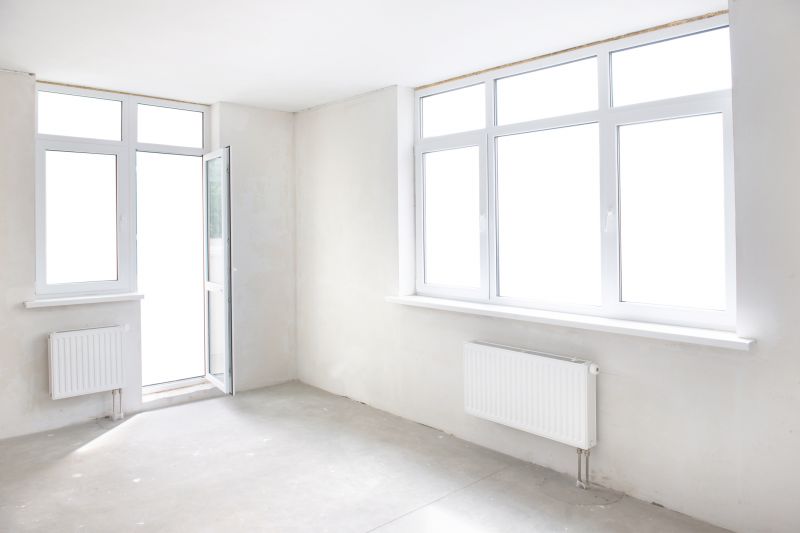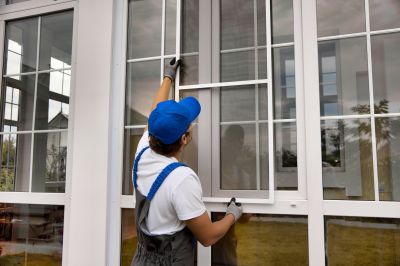Optimal Timing for Windows Installations
Windows installations can be performed at various times throughout the year, but certain periods offer advantages in terms of availability and system readiness. Understanding the optimal timing helps ensure a smooth process and minimal disruption.
Spring and fall are often preferred for Windows installations due to moderate weather conditions and scheduling flexibility.
Scheduling during periods of lower business activity can reduce downtime and improve support availability.
Performing installations when hardware and software updates are readily accessible can streamline the process.

Spring offers mild weather and often fewer scheduled projects, making it an ideal time for installations.

Fall provides an opportunity to prepare systems before the holiday season and year-end activities.

Scheduling during off-peak hours or seasons can lead to faster support and less interruption.

Ways to make Windows Installations work in tight or awkward layouts.

Popular materials for Windows Installations and why they hold up over time.

Simple add-ons that improve Windows Installations without blowing the budget.
Windows installations are critical for maintaining system security, compatibility, and performance. Regular updates and fresh installations can resolve persistent issues, improve speed, and extend hardware lifespan. Statistics indicate that timely updates can reduce security vulnerabilities by a significant margin, making the timing of installations an important consideration for IT management.

The installation process involves system preparation, software configuration, and testing to ensure optimal performance.

Ensuring hardware compatibility prior to installation minimizes issues and accelerates deployment.

Post-installation steps include driver updates, security configurations, and system tuning.

Scheduling installations during support availability ensures prompt assistance if needed.

High-end options that actually feel worth it for Windows Installations.

Finishes and colors that play nicely with Windows Installations.

Little measurements that prevent headaches on Windows Installations day.

A 60-second routine that keeps Windows Installations looking new.
| Timing Factors | Advantages |
|---|---|
| Spring | Moderate weather, fewer scheduled projects |
| Fall | Prepares systems for year-end activities |
| Off-Peak Hours | Less disruption, faster support |
| Hardware Availability | Ensures compatibility and reduces delays |
| Business Downtimes | Minimizes operational impact |
Choosing the right time for Windows installations depends on organizational needs, hardware readiness, and support availability. Proper planning can lead to smoother deployment, less downtime, and improved system performance. Regularly assessing system requirements and scheduling accordingly can optimize the benefits of each installation.

Support teams are often more accessible during standard business hours and off-peak seasons.

Pre-installation planning includes hardware checks and backup procedures.

Reviewing system performance post-installation ensures optimal operation.

A frequent mistake in Windows Installations and how to dodge it.

Small tweaks to make Windows Installations safer and easier to use.

Lower-waste or water-saving choices for Windows Installations.
Interested in scheduling a Windows installation? Filling out the contact form can help coordinate the process at a convenient time. Proper timing ensures a seamless transition and maximizes system performance and security.

